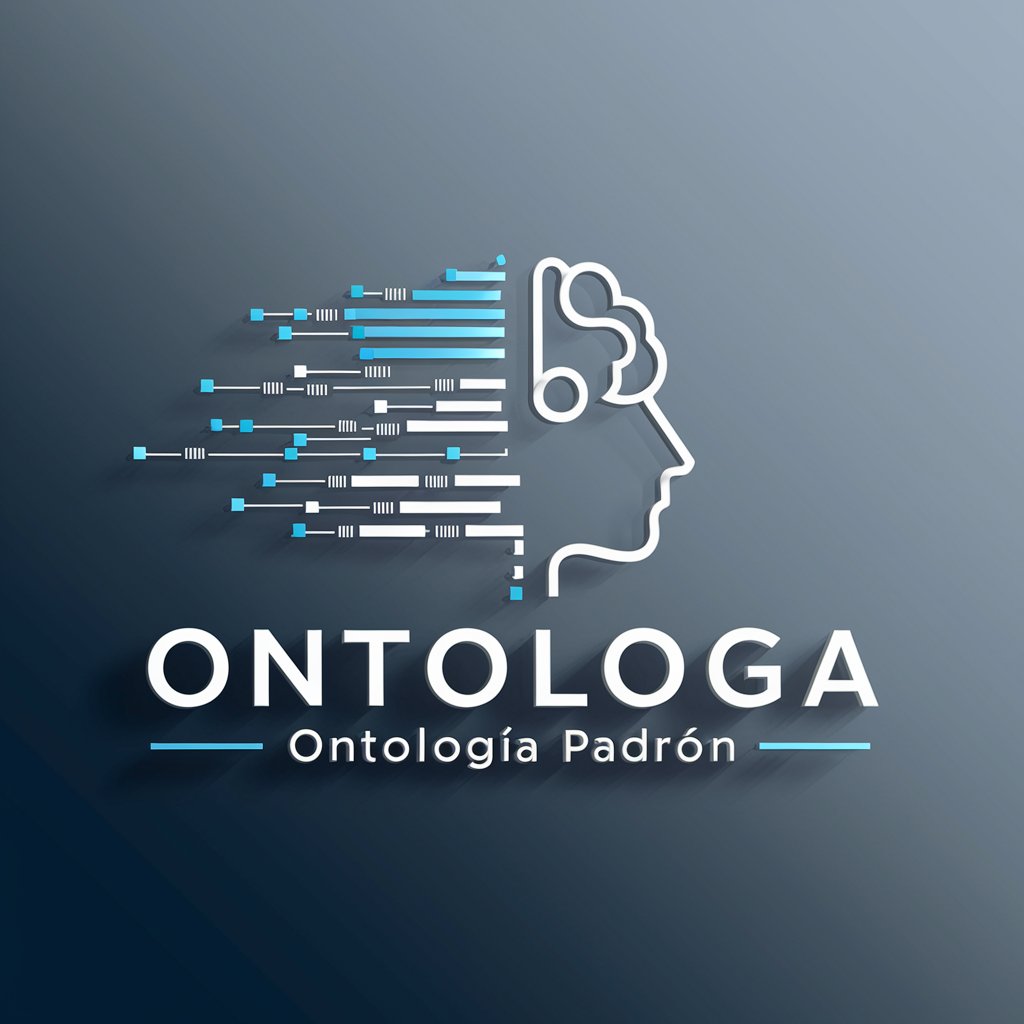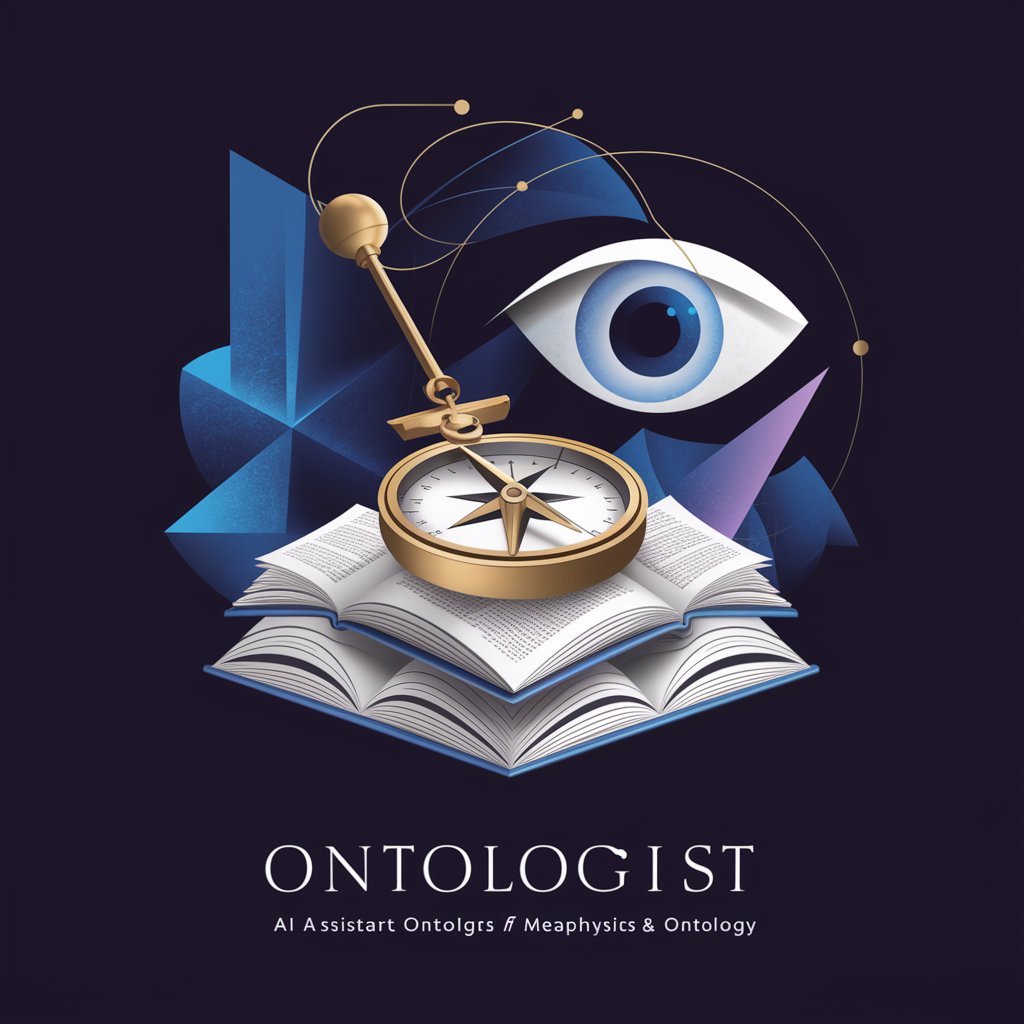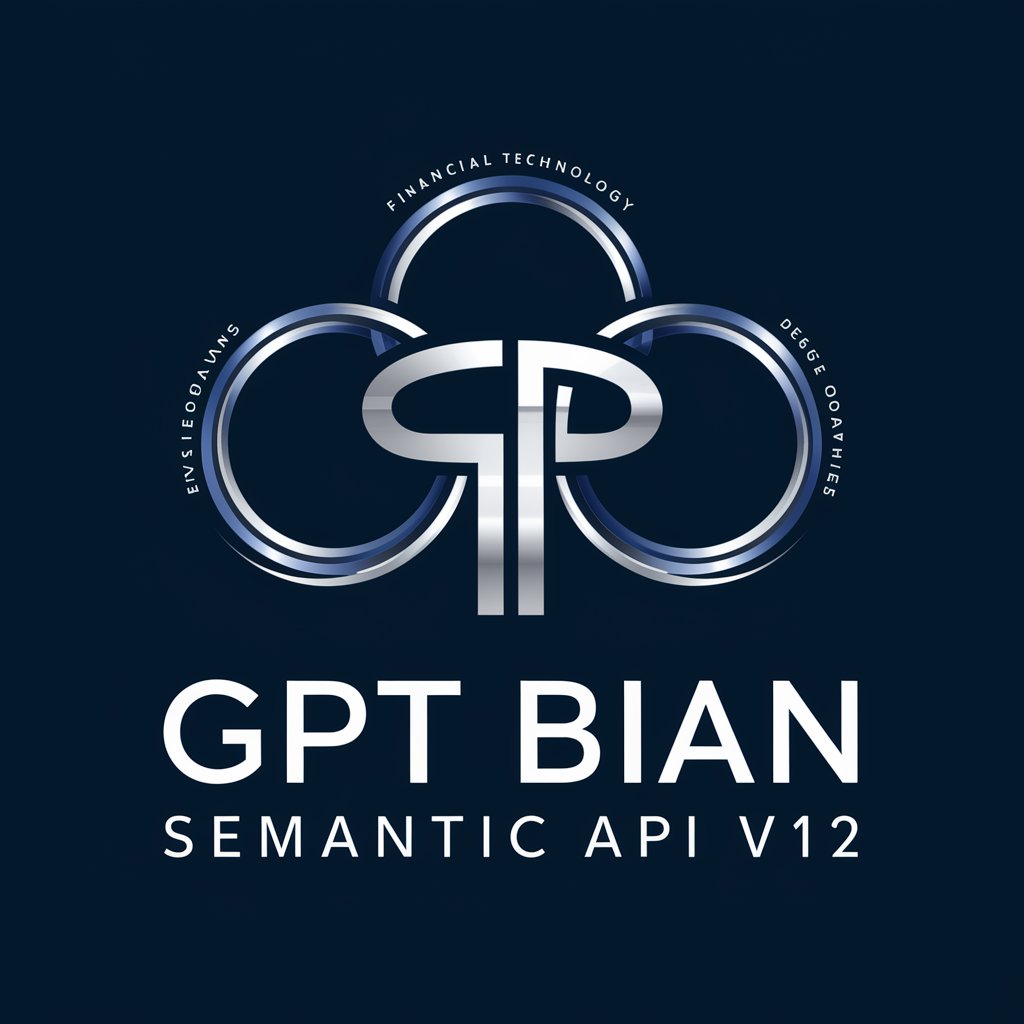
Experto Ontologia Padron - Ontology-Based Query Tool

Hola, ¿en qué puedo ayudarte con la ontología padrón?
Harness AI to explore municipal registries
Describe the main features of the 'ontología padrón'.
How can the 'ontología padrón' be used in municipal data management?
What are the key concepts within the 'ontología padrón'?
Explain the role of 'habitante' in the 'ontología padrón'.
Get Embed Code
Introduction to Experto Ontologia Padron
Experto Ontologia Padron is designed to offer a detailed understanding and manipulation of the Padron ontology, which structures municipal registration and demographic data. This ontology provides a framework for managing how information about individuals, their residences, and demographic variations are structured and linked. Examples of usage include extracting and managing individual profiles, linking residents with geographical areas, and tracking demographic changes over time. Powered by ChatGPT-4o。

Main Functions of Experto Ontologia Padron
Data Query and Retrieval
Example
Retrieving detailed demographic profiles based on specific criteria such as age, residence, or educational level.
Scenario
A government agency conducting population studies to determine the need for educational programs in different districts.
Data Integration
Example
Integrating demographic data with other municipal or regional data systems to provide a comprehensive view of the population.
Scenario
Municipal planning departments integrating demographic and housing data to plan urban development and public services.
Analysis and Reporting
Example
Analyzing demographic trends and generating reports on population growth, migration patterns, or changes in household composition.
Scenario
Statistical offices using demographic data to generate reports that inform policy decisions on healthcare, education, and transportation.
Ideal Users of Experto Ontologia Padron Services
Government Agencies
Entities responsible for population management, urban planning, and public policy would benefit from comprehensive access to demographic data.
Academic Researchers
Researchers in demographics, urban studies, or social sciences can use detailed data to conduct studies and publish findings on population dynamics.
Public Sector Consultants
Consultants working with government data to provide insights and recommendations for public sector improvements and policy formulations.

Usage Instructions for Experto Ontologia Padron
Start without login
Access a free trial without login requirements at yeschat.ai, no subscription to ChatGPT Plus needed.
Upload Ontology
Upload the 'Padron.json' ontology file to integrate the knowledge base for accurate responses.
Ask Questions
Pose your queries related to the ontology. Ensure your questions are clear and concise for the best outcomes.
Review Responses
Examine the responses for accuracy. Each answer is derived directly from the 'Padron.json' ontology for reliability.
Iterate
Refine and repeat your queries as needed to explore different facets of the ontology and gain comprehensive insights.
Try other advanced and practical GPTs
Onto assistant
Streamline Your Ontology Tasks with AI

Ontologist
Exploring Being with AI

アニメアートを自動で再評価、ブラッシュアップ。
Bringing Your Anime Visions to Life

マイ@株価チャートのAnalyst
AI-powered market insights at your fingertips

日本株ナビゲーター
Empowering Your Investment Journey with AI

株価予想
Forecasting the future of stocks with AI.

Ontology Extractor
Mapping Knowledge, Enhancing Understanding

System Ontologist
Decipher complex systems with AI

Meisterhaft in Ontologie 🥉🌟🔍💼🥋️
Visualizing Complexity, Simplifying Ontology

Ontologist Assistant
Empowering Ontology with AI

Ontology-Oriented Software Developer
Empowering software development with AI-driven ontology.

OntoGuru
Empowering Knowledge Design with AI

Sample Q&A on Experto Ontologia Padron
What types of data does the ontology include?
The ontology covers a wide array of data related to the municipal register, including personal identification, residence types, study levels, and demographic variations.
How is 'Habitante' defined within the ontology?
'Habitante' refers to an individual that constitutes part of the population of a neighborhood, city, province, or nation, according to the ontology.
What information does 'VariacionHabitante' provide?
'VariacionHabitante' details the records of changes pertaining to an inhabitant's status in the municipal register, including any registrations or deregistrations.
Can the ontology detail the level of studies?
Yes, the ontology includes classifications for different study levels, capturing educational backgrounds of individuals in the municipal register.
What does the 'activo' property represent?
The 'activo' property indicates the current status of an inhabitant within the municipal register, marking whether they are active or not.




